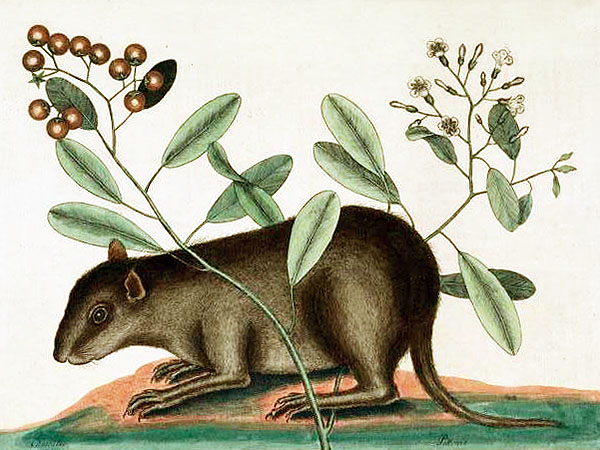Bahamian Giant Owl (Tyto pollens)
The Bahamian Giant Owl, described in 1936 based on subfossil remains, was formerly thought to have been endemic to the Bahaman islands but is now known to have also occurred on the island of Cuba.
It was the largest species within its genus, and its remains are by far the rarest to be found, especially on Cuba.
The Bahamian Giant Barn Owl is known to have preferably preyed upon the Bahamian Hutia (Geocapromys ingrahami (J. A. Allen)), a large, nocturnal rodent species that still inhabits some of the Bahamian islands today. [2]
***
At least two additional species can be added to this list. Tyto pollens was a flightless, 1-m-tall congener of barn owls that likely occurred in old-growth Caribbean pine (Pinus caribaea) barrens of Andros Island, Bahamas, in association with early human settlers (see figs. 6-9). It probably gave rise to local lore of chickcharnies, a mischievous leprechaunlike, nocturnal imp said to have three toes and the ability to turn its head all the way around. If disturbed, chickcharnies would impart terrible misfortune. It is possible that territorial defense behaviors of a meter-tall Tyto could give rise to such legends. [1]
*********************
References:
[1] Bruce G. Marcot: Owls of old forests of the world. General Technicl Reports. Portland, Oregon: U.S. Department of Agriculture, Forest Service, Pacific Northwest Research Station 1-64. 1995
[2] William Suárez; Storrs L. Olson: Systematics and distribution of the giant fossil barn owls of the West Indies (Aves: Strigiformes: Tytonidae). Zootaxa 4020 (3): 533-553. 2015
*********************
edited: 08.09.2019

